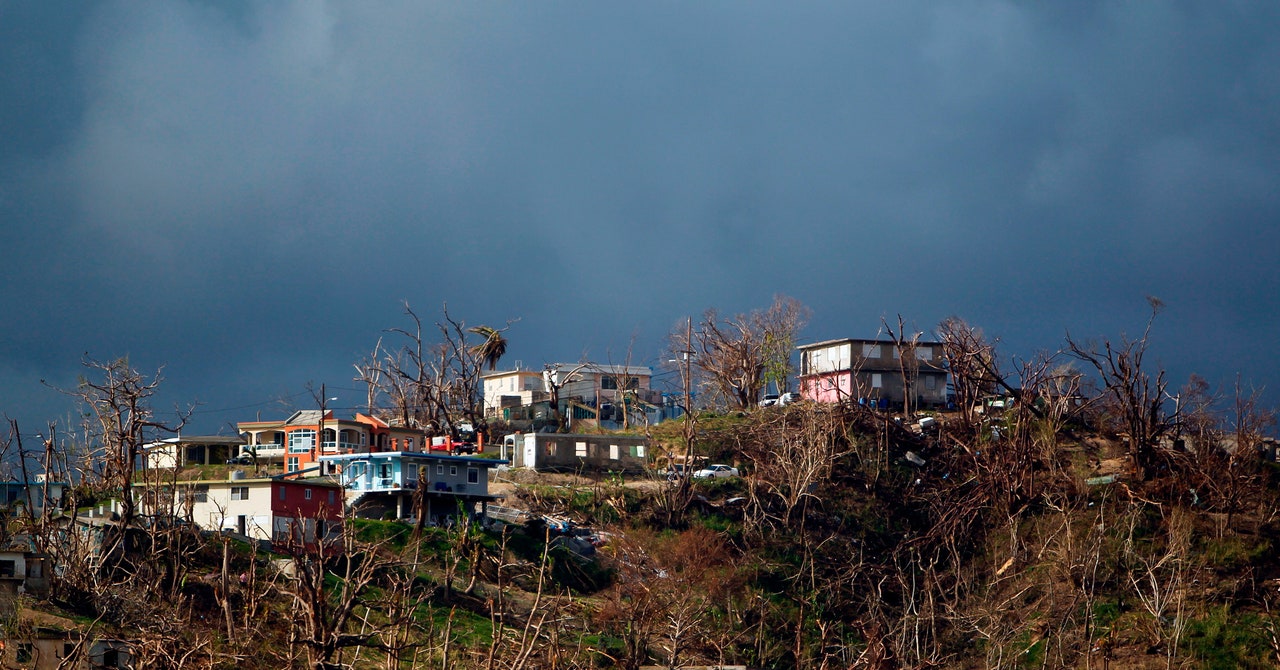
The Tropics satellite constellation will reduce this lag, offering a new, detailed look at each 16- to 24-kilometer region in the lower latitudes every 30 to 40 minutes. “You’re essentially always getting a new satellite flying over your storm and making a new fresh measurement, capturing all the dynamics and seeing what’s changing, and the temperature and the moisture fields and the precipitation and the rain bands,” says Bill Blackwell, the project’s principal investigator.
To achieve this, the nanosatellites must be launched into a very particular orbital configuration. In early 2022, two units at a time will be sent up aboard three separate rocket rideshares facilitated by the startup launch provider Astra. Each pair of satellites will share an orbit at a slight angle to the equator—30 degrees—on the opposite side of the globe from one another but following the same trajectory. When all three pairs are in orbit, they’ll crisscross the equator at different points, like the movements of three wobbly tops. This unique configuration of pairs of satellites tracing staggered paths around the globe will allow for more frequent coverage of any one spot in the tropical zone. (The test unit will also keep orbiting as the seventh member of the team, but will mainly be used for research and experiments, and perhaps extra support over storms as needed.)
Courtesy of MIT Lincoln Lab
Each unit is fitted with a microwave radiometer, so researchers and forecasters will be able to see phenomena not visible to the naked eye, like water vapor and temperature information. Once the data is transmitted back to Earth, it will be linked directly to the National Weather Service and National Hurricane Center and fed into numerical weather prediction models.
For tropical cyclones, forecasters focus on the storm’s minimum pressure and maximum winds, says Tropics project scientist Scott Braun. These key variables help define the intensity of the storm, and having more real-time data could make the predictions of these models more accurate. Continuous data for the storm’s intensity, he says, “will be useful for understanding things like rapid intensification and weakening, and how that connects to the evolution of precipitation.”
A handful of researchers with NOAA have already tested how effective this extra data could be. In a paper to be published in the American Meteorological Society’s Monthly Weather Review (and already online), a team did a virtual pre-test of the new system. “You basically take a computer simulation of a tropical cyclone, and then you sample from that simulation the data that you would expect to get from your new observing system,” says Robert Rogers, a research meteorologist at NOAA’s Hurricane Research Division in Miami and a coauthor on the paper. “Ideally, you see an improvement in your forecast.”


